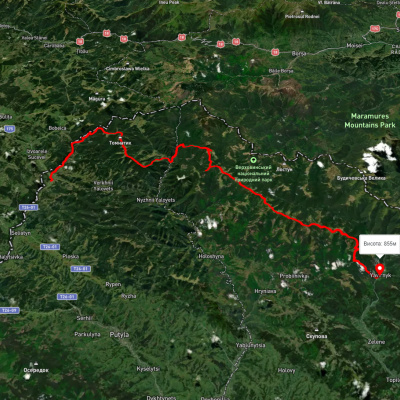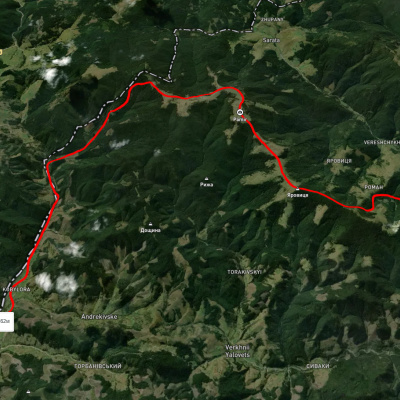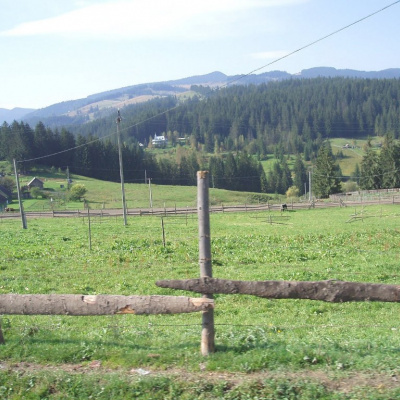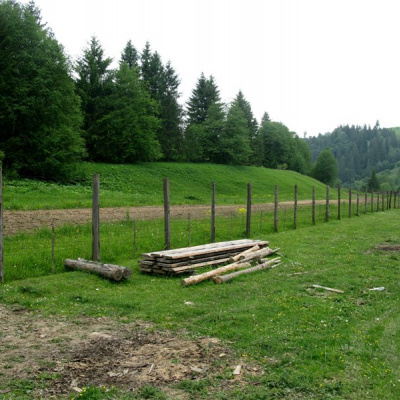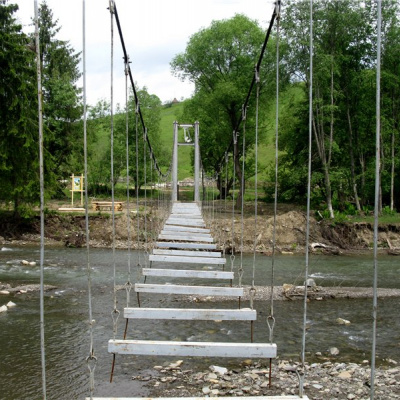The economic situation of peasants did not improve after the abolition of serfdom. In the post-reform period, the vast majority of the population of Selyatyn became even more impoverished, and the process of class stratification intensified, as evidenced, in particular, by the growing number of peasant huts in the village, who had nothing but a house. During the Austrian rule, the villagers suffered not only from a difficult financial situation, but also from political oppression, deprivation of all rights, and restrictions on their ability to obtain even primary education. It was only in 1864 that an elementary school was opened in Selyatyn, where a small number of peasant children studied. In 1907, only half of the 520 children of school age attended it.
The situation with medical care in Selyatyn was no better. There was not even a paramedic in the village, and its residents had to travel as far as Putyla, where there was one paid doctor for the entire county. The acute landlessness, small landholdings, and lack of rights pushed many people to emigrate to foreign lands. Already in 1890, 3 families left the village for America.
At the beginning of the twentieth century, Selyatyn, which belonged to the Austro-Hungarian Empire, was a real European town with a population of almost fifteen thousand inhabitants. There were more than twenty branches of European banks, as many restaurants and taverns, two synagogues, and Orthodox and Greek Catholic churches. The majority of the town's population was made up of Hutsul Ukrainians, and almost 40 percent of the inhabitants were Jews. Romanians, Germans, and Poles also inhabited Selyatyn.
The sensational fact that since 1913, thanks to the international railroad laid by K. Tauber, Selyatyn had regular passenger connections with Vienna, and once a week a train with a trailer car departed from the Selyatyn platform to Paris.
Today, Selyatyn has almost ten times fewer inhabitants than it did back then. And the reason for this is the closure of the railroad in 1939: the railroad died, and the town died...
But what's a railroad when in the twenty-first century there is not even a paved road to Selyatyn.
Only the remnants of the former train station building, which still bears the Romanian inscription "Selitin" and its warehouses, remind us that its inhabitants were once part of the European community, that they could know about Parisian salons and the Eiffel Tower not only from stories and photographs.
The remnants of the walls of one of the synagogues and the Jewish kirkut on the outskirts of the village are evidence that many Jews once lived here. And in the center of Selyatyn, the former court and tax building has survived almost unchanged.
Despite time, wars and brutal occupation regimes, and basic human negligence, part of the old Selyatyn has survived to this day. In the very center of the village, at the crossroads, there is an old brick Greek Catholic church of St. Volodymyr.
Built and consecrated in 1848, the church's architectural forms, such as a turret over the facade and a pitched roof over the elongated church building, resemble Roman Catholic churches typical of the Bukovyna Prykarpattia region.
The real pride of Selyatyn is the architectural monument of national importance, the wooden Church of the Nativity of the Blessed Virgin Mary in the village of Halytsivka, which is the oldest example of a wooden church in the Bukovyna Carpathians. Built around the 30s of the seventeenth century without a single nail, the church building incorporated elements of the Bukovinian "hut" type and the Hutsul dome type, which at that time were just beginning to spread across Bukovyna and Moldova.
The church has a disproportionately elongated Babynets, a faceted altar part, and an octagonal nave, above which rises an octagonal pyramidal top with a decorative dome. Almost the same roof ridge is located above the chancel and altar, as well as above the added narthex. The pitched roof with a high overhang and the dome of the church are covered with aluminum tin, and the walls are horizontally covered with wood.
No less interesting than the church is the bell tower, which was built later, in the seventeenth century. It stands out among most Bukovynian bell towers due to its octagonal shape and its unusual silhouette, which looks more like a watchtower or even a space rocket.
Tourists (especially kids) will be interested to visit the aviary of the Putyla Forestry, where a bear, 2 deer, a hare, a wild boar and a couple of birds live. And one more thing. The border with Romania runs right along the Ruska-Putyla highway. There are border pillars, but no border guards were seen.
Sights: Church of the Nativity of the Blessed Virgin Mary (Selyatyn) (1630), Greek Catholic Church of St. Volodymyr the Equal-to-the-Apostles (1848).
